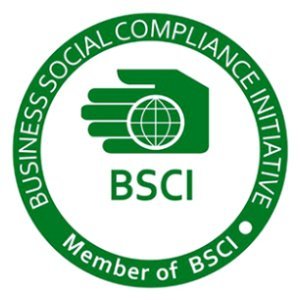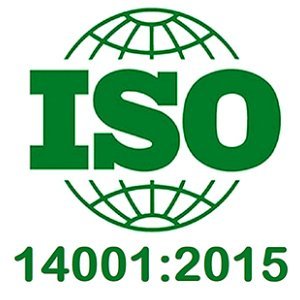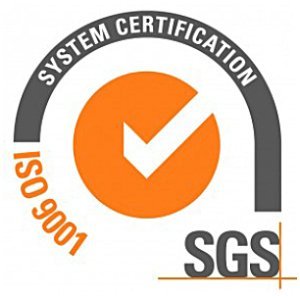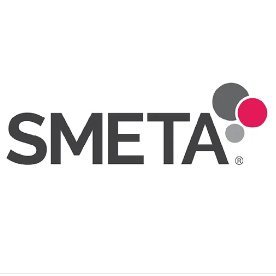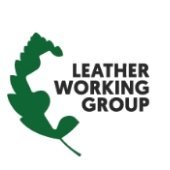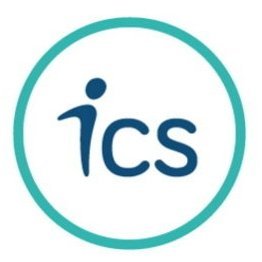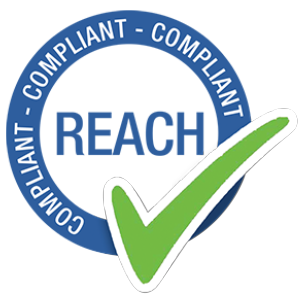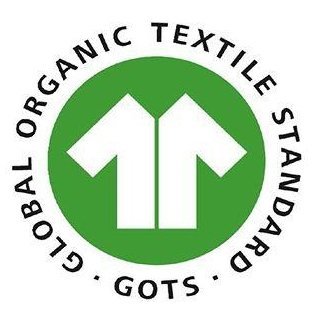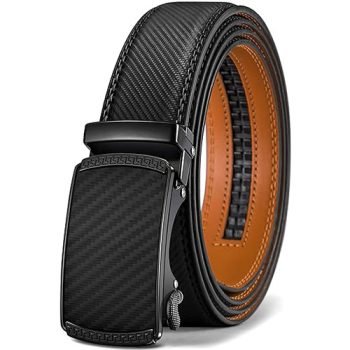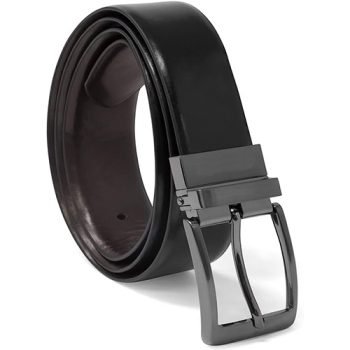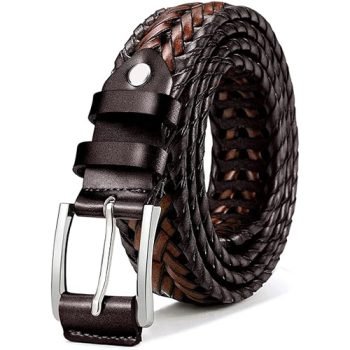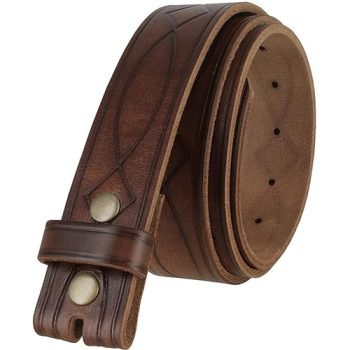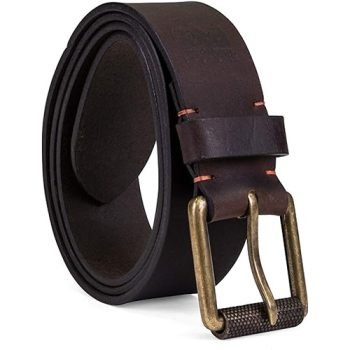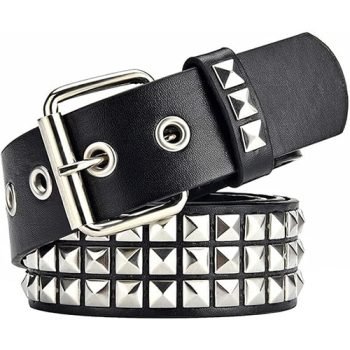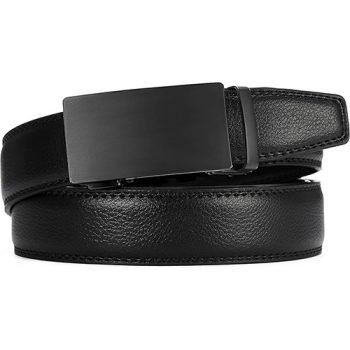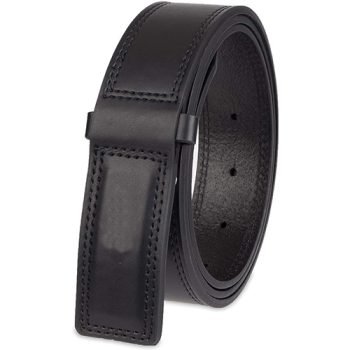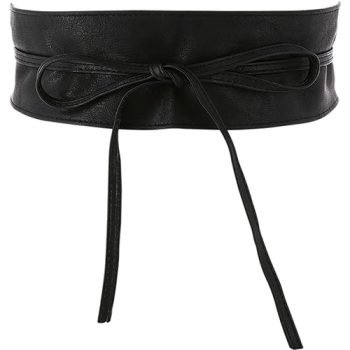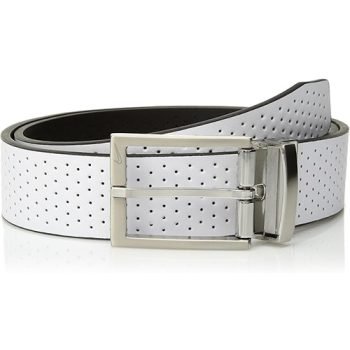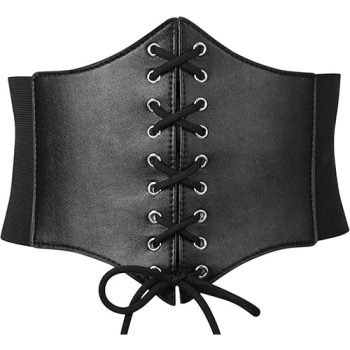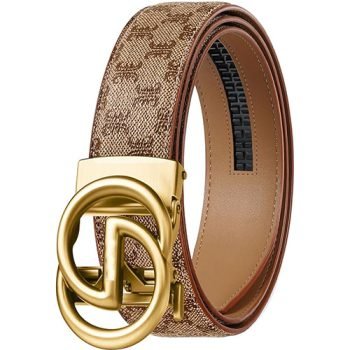Custom Leather Belts Manufacturer
At Szoneier Leather, we specialize in crafting custom leather belts that combine timeless style with exceptional durability. Our skilled artisans use premium hides and innovative techniques to create belts that are as functional as they are fashionable. Every belt is meticulously designed to reflect your brand’s unique identity, whether for a sophisticated corporate look or rugged everyday wear. With flexible production options,from exclusive runs to high-volume orders,we ensure every piece meets the highest standards. Elevate your brand with custom leather belts that truly stand out,contact us today for a free sample or design consultation!
Private Label Leather belt styles for your customization
Discover a wide selection of private label leather belt styles tailored to reflect your brand’s identity. At Szoneier Leather factory, we specialize in manufacturing custom belts with exceptional craftsmanship and premium materials. From classic dress belts, casual everyday belts, western-style belts, braided leather belts, to double-pin buckle belts and reversible designs, we offer styles that suit diverse markets and aesthetics.
Choose from a variety of high-quality leathers—including full-grain, vegetable-tanned, and vegan leather—along with custom buckle finishes, stitching, textures, and logo branding options. Whether you’re expanding your accessories line or launching a new fashion label, our expert team delivers durable, stylish, and retail-ready leather belts that elevate your brand presence.
Partner with Szoneier Leather to create fully customized leather belts under your private label—where design meets quality and distinction.
Leather Goods Catalogue
Custom Leather Boxes →
Custom Leather Clothing →
Custom Leather Accessories→
Custom Leather Holster→
Custom Leather Fabrics→
More Personalized Leather Products→
Leather Fabrics Used To Make belts
At Szoneier, we use only the finest leather fabrics to craft belts that combine strength, style, and long-lasting quality. Our selection includes full-grain leather for a premium, rugged look that ages beautifully, top-grain leather for a balance of softness and durability, and genuine leather for cost-effective yet stylish options. For eco-conscious brands, we also offer vegan and recycled leather alternatives that don’t compromise on performance.
Each type of leather is carefully chosen based on the belt’s intended style and function—whether it’s a structured dress belt, a sturdy casual belt, or a heavy-duty work belt. Our materials are treated and finished to ensure resistance to stretching, cracking, and fading, making them ideal for both everyday wear and luxury branding.
full-Grain Leather
Full-grain leather is the highest-grade leather used for premium belts, prized for its durability, natural grain, and ability to develop a rich patina over time. It’s typically sourced from the top layer of the hide and is available in vegetable-tanned or chrome-tanned varieties. Vegetable-tanned full-grain leather offers a firm texture and classic aging effect, while chrome-tanned leather is softer and more color-versatile, making it ideal for fashion-forward belt designs.
Cost:full-grain leather prices range from $2.50 to $15.00 per square foot, depending on origin, tanning process, and quality. Domestic or developing-country sources offer lower prices, while imported premium hides,like those from Italy,command higher rates. For belt production, thicker cuts (around 3.5mm–4.0mm) are preferred, and pricing can further vary with custom finishes like embossing or waxing.


Top-Grain Leather
Top-grain leather is a refined and durable material ideal for crafting high-quality leather belts. Made from the upper hide layer and lightly sanded to remove imperfections, it offers a smooth, uniform finish while maintaining strength. It’s perfect for belts that demand a clean, polished look—especially for business or everyday wear.
Cost: Typically priced between $2.00 and $10.00 per square foot, top-grain leather is more affordable than full-grain. Chrome-tanned options provide softness and color variety, while vegetable-tanned versions offer a firmer, more natural feel. Standard belt thickness ranges from 3.0mm to 3.8mm.
Genuine Leather
Genuine leather is made from the lower layers of the hide, after the top grain has been removed. It retains the basic feel and appearance of real leather but lacks the durability, breathability, and aging characteristics of higher-grade options like full-grain or top-grain leather. Genuine leather belts are typically finished with heavy coatings to provide a uniform look and are often used for cost-effective mass production.
Application: Everyday belts, promotional belts, mid-range retail.
Pros: Affordable, looks like real leather, easy to work with.
Cons: Less durable, prone to cracking over time, doesn’t develop patina.
Cost: $1.00 – $3.50 per square foot.


Suede Leather
Suede is made from the inner layer of the hide and is sanded to create a soft, napped finish. This gives suede belts a warm, matte appearance and a tactile appeal. Though more delicate than grain leather, suede is perfect for fashion belts where visual and textural variety is desired.
Application: Casual belts, fashion-forward collections, lifestyle belts.
Pros: Soft texture, stylish, unique look.
Cons: Less resistant to water and wear, requires more care.
Cost: $1.50 – $4.00 per square foot.
vegan leather
Vegan leather is a synthetic alternative to animal leather, commonly made from polyurethane (PU), PVC, or plant-based materials. It mimics the look of genuine leather while supporting cruelty-free and sustainable fashion. Vegan leather belts are cost-effective and highly customizable in color and texture.
Application: Eco-conscious brands, casual fashion belts, promotional use.
Pros: Animal-free, eco-friendly options available, highly customizable.
Cons: Less breathable and durable than real leather, can peel over time.
Cost: $0.80 – $3.00 per square foot (plant-based materials higher).


crocodile leather
Crocodile leather is an exotic luxury material known for its iconic scale patterns and firm texture. It offers unmatched exclusivity and status, making it a favorite for high-end and custom-made belts. Each piece has unique scale arrangements, adding character and individuality to every belt.
Application: Luxury belts, fashion statements, executive or high-profile gifting.
Pros: Highly durable, luxurious feel, unique pattern per belt.
Cons: Expensive, requires special handling and care.
Cost: $25.00 – $60.00+ per square foot (varies by species and origin).
Horsehair Leather(Shell Cordovan)
Shell Cordovan is a rare, high-end leather made from a specific part of horsehide. It’s prized for its smooth, glossy finish and extraordinary longevity. Shell Cordovan belts are firm, don’t crease, and develop a beautiful shine over time, making them highly desirable in classic and heritage leatherwork.
Application: Heritage collections, formal belts, collectible or luxury accessories.
Pros: Extremely durable, ages beautifully, minimal stretch.
Cons: Very expensive, limited supply, hard to source.
Cost: $80.00 – $120.00 per square foot.


ostrich skin
Ostrich leather is famous for its distinctive quill pattern, soft handfeel, and excellent flexibility. It’s lightweight, breathable, and naturally resistant to cracking, making it ideal for luxurious yet practical belts. Its unique texture adds a fashionable, exotic touch.
Application: High-end belts, luxury fashion, exclusive collections.
Pros: Unique appearance, soft and flexible, long-lasting.
Cons: Expensive, limited availability, specialized care needed.
Cost: $20.00 – $40.00 per square foot.
python skin
Python skin provides an exotic, eye-catching finish with bold natural scale patterns. It’s lightweight but strong, offering both durability and a high-fashion look. Python belts are often used in designer collections and luxury accessories, appealing to customers seeking uniqueness and style.
Application: Designer belts, fashion collections, exotic leather lines.
Pros: Distinct pattern, lightweight, stylish finish.
Cons: Must be treated for durability, regulations may apply in some countries.
Cost: $15.00 – $30.00 per square foot.

Different Leather Textures for Custom Leather Belts
The choice of leather texture plays a crucial role in defining the style, feel, and durability of custom leather belts. Full-grain leather, with its natural grain and imperfections intact, brings a rugged, timeless appeal that develops a rich patina over time—perfect for belts that age beautifully with use. Top-grain leather, on the other hand, offers a smoother, more polished surface, making it ideal for formal or corporate-style belts that require a refined look without sacrificing strength.
For clients who prioritize luxury and softness, aniline and semi-aniline leathers offer elegant solutions. Aniline leather showcases the hide’s natural character and depth, while semi-aniline adds a light protective finish—an excellent balance between beauty and practicality for high-end leather belts. Pigmented leather provides a uniform, resilient surface, well-suited for casual or work belts that face frequent wear.
Textural options like nubuck and suede bring a unique tactile experience. Nubuck delivers a soft, velvety surface, while suede offers a plush feel with understated elegance—both perfect for fashion-forward belt designs. Each texture can be further customized through embossing, stitching, or custom hardware, allowing every belt to reflect individual brand identity and functional purpose.

Free Pantone Color Choice for Customizable Leather Belts

To bring your belt designs to life with precision, we offer a Free Pantone Color Matching service. Choose from a wide selection of Pantone-matched leather shades using our curated color chart. Whether you’re looking for classic tones for business belts or vibrant hues for fashion collections, we help you find the perfect match to reflect your brand style or seasonal theme—all at no extra cost.
Ideal for:
✔ Brand-aligned color matching
✔ Fashion-forward belt collections
✔ Promotional and retail-ready customization
Product Details Of Leather belts Manufacturing
If you have your own logo, artwork, or design concept, simply share your project requirements—such as preferred leather type, belt width, color, buckle style, and stitching details. As a professional leather belt manufacturer, we specialize in producing high-quality belts that combine durability, comfort, and refined aesthetics.
Our manufacturing process begins with the careful selection of premium leather materials, including full-grain, top-grain, or exotic skins. We then carry out precision cutting, edge skiving, and punching, followed by detailed stitching and hardware installation. Each belt is finished by hand to ensure a smooth surface, clean edges, and a flawless appearance. From casual to formal styles, every piece is crafted to meet your exact specifications and built to last.
Explore our product craftsmanship and discover how we bring your belt ideas to life—turning your vision into a timeless, customized leather accessory.

Full Grain Cow Leather

Leather Texture

Thick Leather

Stainless Steel Hole

Pliable leather

Metal Roller Buckle

MAX quality of buckle

High Quality Leather

High Quality Hardware Buckle

High Quality Genuine Leather

Hardware Buckle

Durable Card Slot

Comfort Back Side

Buttons

Buttons

Brass Solid Buckle

Ajustabled Clasp

A hole to properly center the laces

Shape of Belt Strap End

Support Full Customization
Logo processes Of Custom Leather belts
We offer a variety of logo customization techniques to enhance your leather belt designs and showcase your brand identity. Whether you’re aiming for a bold statement or a refined detail, our advanced logo processes ensure a premium, long-lasting finish.
Choose from debossing for a subtle, engraved impression, embossing for a raised tactile logo, screen printing for vibrant color effects, or UV printing for high-definition detail. Each method is carefully selected to complement the texture and thickness of leather belts, ensuring the logo stands out while maintaining the product’s durability and style.
From brand logos to custom text or symbols, we transform your ideas into a sophisticated design element—perfect for fashion collections, promotional campaigns, or private label production.

Embossing
Embossing creates a raised logo that blends seamlessly with the leather surface, adding texture and elegance without affecting durability. It’s ideal for brand marks or custom designs on fashion or business belts.
Cost: Approx. $0.30–$0.80 per unit, depending on logo size and complexity.

Debossing
Debossing presses the logo into the leather surface, creating a recessed effect with a clean, subtle finish. It offers understated elegance and is widely used for classic or luxury belt branding.
Cost: Approx. $0.30–$0.80 per unit

Embroidery Logo
Embroidery adds stitched logos onto fabric belt loops or sewn leather sections. While less common for full-leather belts, it’s popular on mixed-material or casual belt designs for a handcrafted feel.
Cost: Approx. $0.40–$1.20 per unit

Matel Stamp Logo
Custom metal logos or badges are fixed onto the belt or buckle. This method provides a premium, luxury look with strong brand presence, often used in designer belts.
Cost: Approx. $0.50–$1.50 per unit

Leather Laser Logo
Laser engraving uses precision technology to burn the logo into the leather, resulting in a clean, detailed, and permanent mark—suitable for minimal or detailed designs.
Cost: Approx. $0.30–$0.90 per unit

Hang Tag
Hang tags are added to the belt packaging and offer branding space for logos, care instructions, or brand story. Ideal for retail or gifting presentation.
Cost: Approx. $0.10–$0.40 per unit

Printed
Screen or heat printing applies color logos directly onto the belt surface. Ideal for bold visuals and promotional styles, especially on PU or smooth leather.
Cost: Approx. $0.20–$0.60 per unit

Woven logo
Woven labels are sewn into the inner belt lining or fabric elements. Great for subtle branding, particularly on hybrid or fashion belts with textile components.
Cost: Approx. $0.10–$0.30 per unit

Button Logo
Custom logo buttons or snaps can be integrated into belt hardware, offering both functionality and branding. Common in casual or work-style belts.
Cost: Approx. $0.30–$0.80 per unit
Make A Sample First?
If you have your own tech packs, logo design artwork, or just an idea,please provide details about your project requirements, including preferred fabric, color, and customization options,we’re excited to assist you in bringing your leather belts designs to life through our sample production process.
Product Design service
Our product design service turns your belt ideas into clear, professional renderings that guide every step of manufacturing. From leather type and stitching style to buckle design and logo placement, our experienced team collaborates with you to visualize every detail before production begins. These detailed mockups ensure your custom leather belt not only meets expectations—but reflects your brand identity with precision and style.





Quality Inspection Of Leather belts
At Szoneier leather factory, every custom leather belt goes through a rigorous quality inspection process to ensure premium craftsmanship and consistency. Our expert team checks each belt for precise stitching, accurate sizing, secure buckle installation, and flawless leather surface quality. From edge finishing to logo placement, every detail is thoroughly reviewed to meet your exact design specifications—guaranteeing a product that’s both durable and brand-ready.
Video of Leather Belt Production
Our factory video offers a transparent look into the complete production journey of custom leather belts. From initial design renderings and leather selection to precision cutting, edge finishing, stitching, and buckle assembly—every step is captured to highlight the craftsmanship behind each piece. Watch how skilled artisans transform premium leather into high-quality belts that combine durability, style, and brand identity.
Cooperating Brands Trusted
Your product is produced in reliable leather factory like our already cooperating international brand partners below:
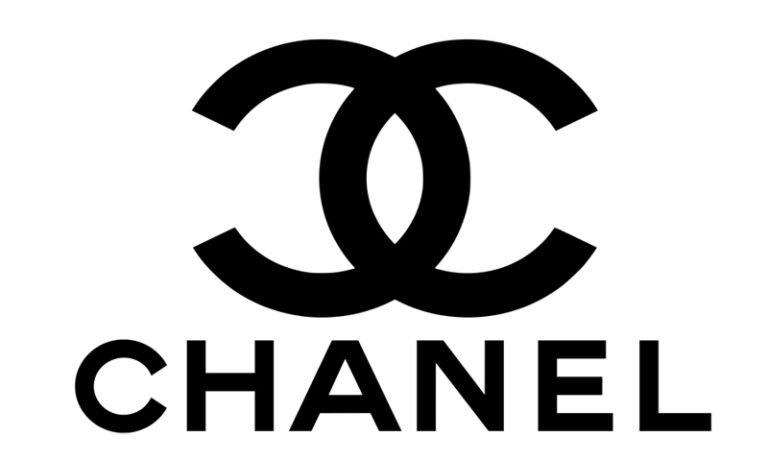

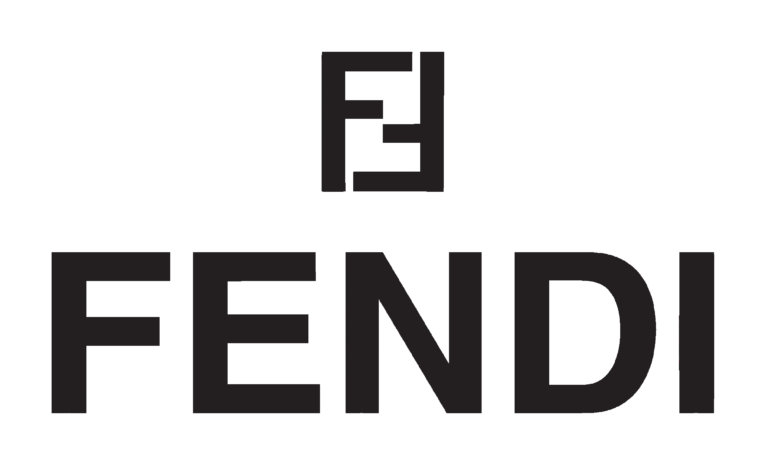
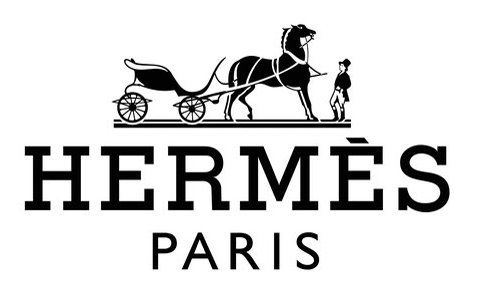
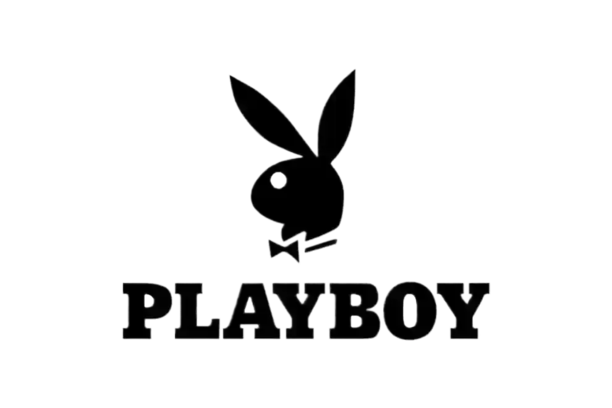
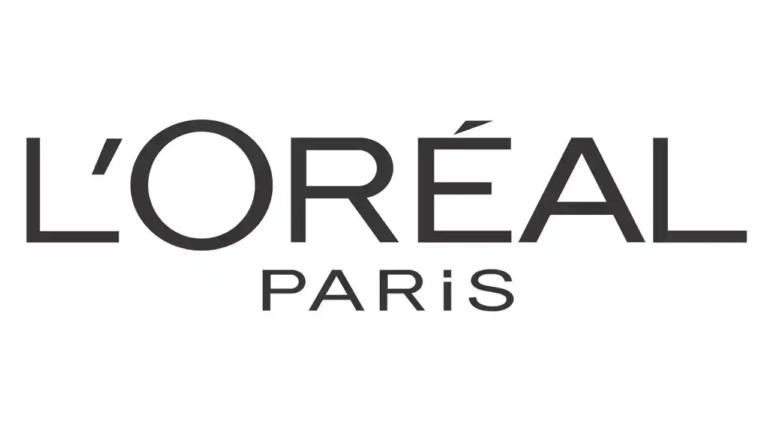

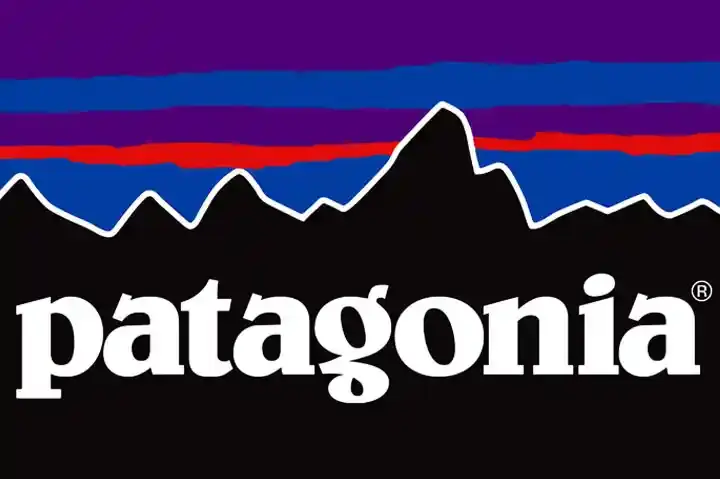

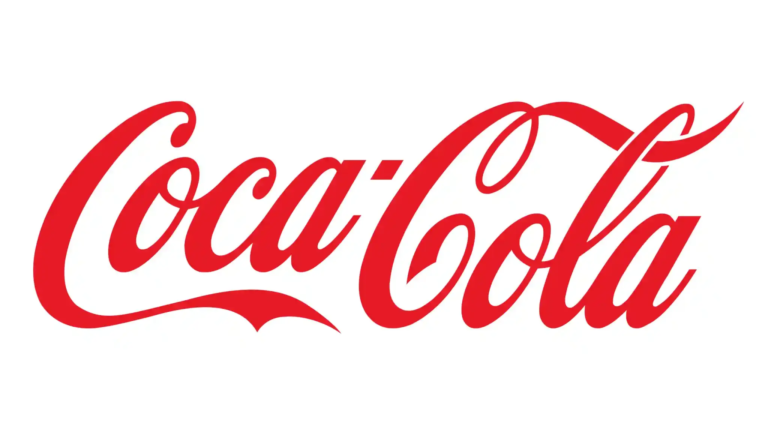
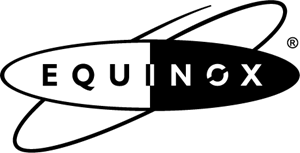
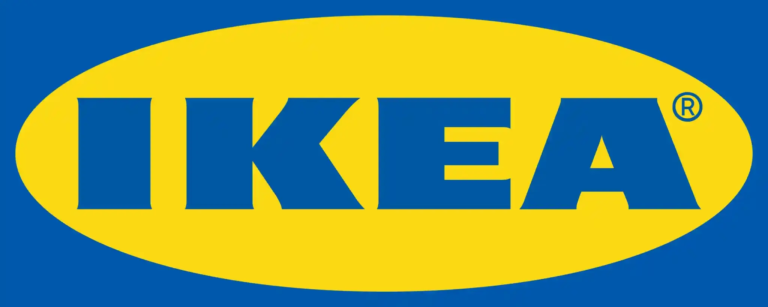
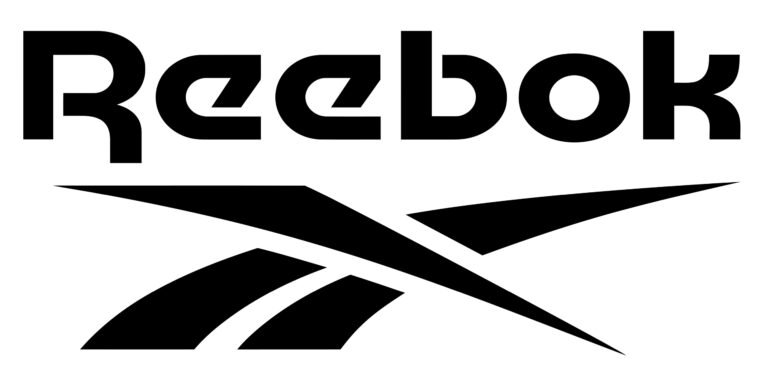
Effective Production Process
We believe quality is always the key to success, which includes a responsible approach to manufacturing, and controlling whole process.
factory direct Wholesale Stock Leather belts styles
At Szoneier Leather factory, we offer a wide selection of in-stock leather belts available for factory-direct wholesale. Our ready-to-ship inventory includes classic dress belts, casual everyday styles, rugged work belts, and fashion-forward designs—each crafted with premium materials and meticulous workmanship.
By sourcing directly from our factory, you gain access to competitive pricing without compromising on quality. Whether you’re restocking for retail, fulfilling bulk orders, or launching a private label line, our in-stock leather belts ensure fast delivery, consistent quality, and timeless style your customers will trust.

male belts 1

male belts 2

male belts 3

mens belts 4

mens belts 5

mens belts 6

mens suede belt

non buckle belt

western leather belts

western leather belts

vegan leather belt

studded belt

snake skin belt

ratchet belt

leather wrap belt

wide ladies belts

braided leather belt

crocodile leather belt

Leather makeup bags

dress belt

Leather laptop bag

full grain leather belt

full grain leather belt

hollow leather belt

Horsehair Leather belt

ladies suspender belts

leather corset belt

leather golf belts

ladies belts

Men Leather Belt
When crafting high-quality leather belts, full-grain leather is widely regarded as the best type of leather. This premium leather is made from the top layer of the hide and retains the natural grain, making it the strongest, most durable, and most aesthetically appealing option available.
1. Full-Grain Leather: The Gold Standard
Full-grain leather is prized for its durability, patina development, and strength. Because it is not sanded or buffed to remove imperfections, it maintains the natural fibers that give it superior longevity and resistance to wear. Over time, full-grain leather develops a rich, unique patina, enhancing the belt’s character and appeal. It’s ideal for both casual and formal belts, especially for those who value craftsmanship and long-term use.
2. Top-Grain Leather: A Close Second
Top-grain leather is also made from the upper part of the hide but is lightly sanded to remove imperfections. It has a more uniform look than full-grain leather and is slightly more pliable. While not as durable or premium as full-grain, it still offers excellent quality and is commonly used in mid- to high-end belts.
3. Genuine Leather: Entry-Level Option
Despite its name, “genuine leather” refers to lower-grade leather made from the remaining layers of the hide after the top layers are split off. It is often heavily processed and coated to mimic higher-quality leather. While more affordable, genuine leather belts are less durable and may crack or peel over time, making them better suited for occasional or fashion use rather than everyday wear.
4. Bonded Leather: The Least Durable
Bonded leather is made from scraps of leather fibers that are bonded together with adhesives and then coated to appear like real leather. While inexpensive, it lacks the strength and longevity of higher-grade leathers. Belts made from bonded leather typically wear out quickly and are not recommended for those seeking long-lasting products.
5. Exotic Leathers: For Luxury Belts
In addition to traditional cowhide, some belts are crafted from exotic leathers like crocodile, ostrich, or lizard. These are high-end materials that offer unique textures and appearances. However, they are often used for luxury or fashion-forward belts and may not offer the same everyday durability as full-grain cowhide.
The ideal leather weight for belts typically ranges between 8 to 10 ounces, which corresponds to a thickness of approximately 3.2 mm to 4.0 mm. This weight offers the perfect balance of strength, flexibility, and durability, making it well-suited for everyday wear and long-term use.
Understanding Leather Weight
Leather is measured in ounces per square foot, where 1 ounce = 1/64 inch (≈0.4 mm) in thickness. Therefore:
8 oz leather ≈ 3.2 mm thick
9 oz leather ≈ 3.6 mm thick
10 oz leather ≈ 4.0 mm thick
This range is thick enough to support belt hardware and maintain its shape without stretching or deforming over time.
Why 8–10 oz is Ideal for Belts
✅ Durability: This weight can handle frequent tension and bending, especially around belt holes, without tearing or cracking.
✅ Rigidity: Offers a firm feel, keeping the belt flat and professional-looking even after months or years of use.
✅ Support for Accessories: Thick enough to support buckles, rivets, and snaps without sagging.
✅ Comfort: While strong, it still molds comfortably to the body over time, especially when made from high-quality vegetable-tanned leather.
Leather Types and Their Use with Specific Weights
Full-grain vegetable-tanned leather is commonly used in the 8–10 oz range for premium belts.
Top-grain leather may be used in slightly lighter weights (7–8 oz) for dress belts where flexibility is preferred.
Heavy-duty work belts or gun belts may use leather up to 12 oz (≈4.8 mm) for added support and stiffness.
Weight for Different Belt Styles
| Belt Type | Ideal Leather Weight |
|---|---|
| Casual/Everyday Belts | 8–9 oz (3.2–3.6 mm) |
| Formal/Dress Belts | 6–8 oz (2.4–3.2 mm), often skived for thinner appearance |
| Work/Utility Belts | 10–12 oz (4.0–4.8 mm) |
| Fashion Belts | 6–8 oz, may vary by design |
When it comes to belts, selecting the right size is essential for both comfort and appearance. Belt sizes are typically measured in inches or centimeters, and the most common sizes differ between men’s and women’s belts based on waist measurements, fashion styles, and body shapes.
Men’s Belt Sizes: Common Ranges and Guidelines
For men, belt sizes usually range from 30 inches to 44 inches, with extended sizes going up to 50 inches or more. A man’s belt size is typically 2 inches larger than his waist size. For example, if a man wears size 34 pants, he likely needs a size 36 belt.
| Waist Size (inches) | Common Belt Size (inches) |
|---|---|
| 30″ | 32″ |
| 32″ | 34″ |
| 34″ | 36″ |
| 36″ | 38″ |
| 38″ | 40″ |
| 40″ | 42″ |
| 42″ | 44″ |
Popular men’s belt sizes:
32″, 34″, 36″, 38″, and 40″ are the most commonly sold sizes in retail stores, covering the majority of average body types.
Women’s Belt Sizes: More Varied and Style-Dependent
Women’s belts come in more varied lengths and styles, including waist belts, hip belts, and fashion belts, which can all impact sizing. Instead of strictly following pant size, many women’s belts are labeled as XS to XL or in numerical sizes (e.g., 0–16).
| Pant Size (US) | Belt Size (inches) |
|---|---|
| 0–2 (XS) | 26–28″ |
| 4–6 (S) | 28–30″ |
| 8–10 (M) | 30–32″ |
| 12–14 (L) | 32–34″ |
| 16–18 (XL) | 34–36″ |
Popular women’s belt sizes:
28″, 30″, 32″, and 34″ are the most common, though many belts are designed with extra holes or stretch features to fit a wider range.
Sizing Tips for Both Men and Women
Use a belt you already own and measure from the buckle to the most-used hole.
Avoid relying solely on pant size—sizing can vary across brands.
Always consider the belt’s placement (waist vs. hips) when choosing a size.
Look for adjustable belts or those with multiple holes for flexibility.
To determine if a leather belt is of good quality, several key factors should be examined—ranging from the type of leather used to the craftsmanship, stitching, edges, and even smell. A high-quality leather belt is made to last for years, age beautifully, and offer superior comfort and support. Here’s how you can tell:
1. Check the Leather Type
The most important indicator of quality is the grade of leather:
Full-grain leather is the highest quality. It comes from the top layer of the hide and retains natural imperfections and grain. It’s durable, strong, and develops a beautiful patina over time.
Top-grain leather is also good quality but has been sanded to remove imperfections. It’s smooth and slightly more flexible, but less durable than full-grain.
Genuine leather sounds good but is actually a lower-grade material made from leftover layers. It won’t last as long and may peel or crack.
Avoid bonded leather, which is made from leather scraps and glue—it lacks durability and ages poorly.
2. Look at the Edges
Quality belts have smooth, burnished, and sealed edges. This prevents fraying and gives a clean, professional finish. Rough or unsealed edges are often a sign of mass production or cheaper materials.
3. Examine the Stitching
Even, tight, and clean stitching is a hallmark of skilled craftsmanship. Loose threads, uneven stitches, or glue residue suggest poor manufacturing. Hand-stitched or saddle-stitched belts tend to be stronger and longer-lasting than machine-stitched ones.
4. Smell the Leather
Real, high-quality leather has a distinct rich, earthy smell. It should not smell like chemicals or plastic. A chemical odor can indicate artificial leather or heavy synthetic coatings.
5. Check the Flexibility and Feel
Good leather belts should feel firm yet flexible. They shouldn’t be too stiff or too soft. The leather should return to shape after bending. Overly rigid belts may crack, while overly soft belts may stretch too much.
6. Look for a Solid Construction
A high-quality belt will often be made from a single piece of leather rather than laminated or sewn layers. Some premium belts are double-layered (especially dress belts) but still use quality materials on both sides.
7. Hardware Matters
The buckle and rivets should be solid, typically made from brass, stainless steel, or other sturdy metals. Poor-quality belts may use cheap, plated metal that chips or rusts over time.
8. Brand Reputation and Price
While not always a guarantee, well-known leather goods brands and a higher price point can reflect better materials and craftsmanship. However, always verify quality through inspection rather than price alone.
Yes, expensive leather belts can be worth the investment, especially when considering long-term durability, craftsmanship, and overall value. While the initial price is higher, a premium leather belt often outperforms cheaper alternatives in terms of lifespan, comfort, and aesthetics.
1. Material Quality
High-end leather belts are typically made from full-grain or top-grain leather, which are the strongest and most durable parts of the hide. Full-grain leather retains the natural grain and fibers, making it more resistant to wear and tear. Over time, it develops a unique patina that adds character and richness. In contrast, low-cost belts are often made from genuine leather or bonded leather, which can crack, peel, or deform within a year of use.
2. Craftsmanship
Expensive belts are often handcrafted or made with greater attention to detail. Features such as burnished edges, tight stitching, reinforced holes, and high-quality hardware contribute to both the belt’s appearance and longevity. Skilled craftsmanship ensures that the belt not only looks refined but also functions well over time without stretching or splitting.
3. Durability and Longevity
A well-made leather belt can last 10 years or more with proper care. Even though it might cost two to three times more than a cheap belt, it won’t need to be replaced every year—making it more cost-effective in the long run. This is particularly important for items worn frequently, such as everyday or work belts.
4. Aesthetics and Style
Expensive belts often feature premium finishes, refined stitching, and luxury-grade buckles. They enhance your wardrobe, especially in professional or formal settings. A quality leather belt adds polish and sophistication, complementing suits, dress pants, and high-end shoes. For those who care about style, the visual difference is noticeable.
5. Comfort
Higher-quality leather conforms to your body over time without stretching out of shape. It feels firm yet flexible and is less likely to cause discomfort or dig into the waist—something that often happens with stiff, low-quality leather or synthetic materials.
6. Environmental and Ethical Considerations
Premium brands are more likely to use vegetable-tanned leather, which is more environmentally friendly than chrome-tanned leather. Some luxury belts also come from brands that prioritize ethical sourcing and sustainable practices, adding another layer of value for conscientious buyers.
Our factory has a low MOQ of 50 pieces for custom leather belts, making it convenient for small and large orders.
Frequently Asked Questions
Welcome to the FAQs on personalized leather belts in bulk, where we address your common questions and provide insights on styles, features,and related matters, ensuring you make informed choices for your business.

